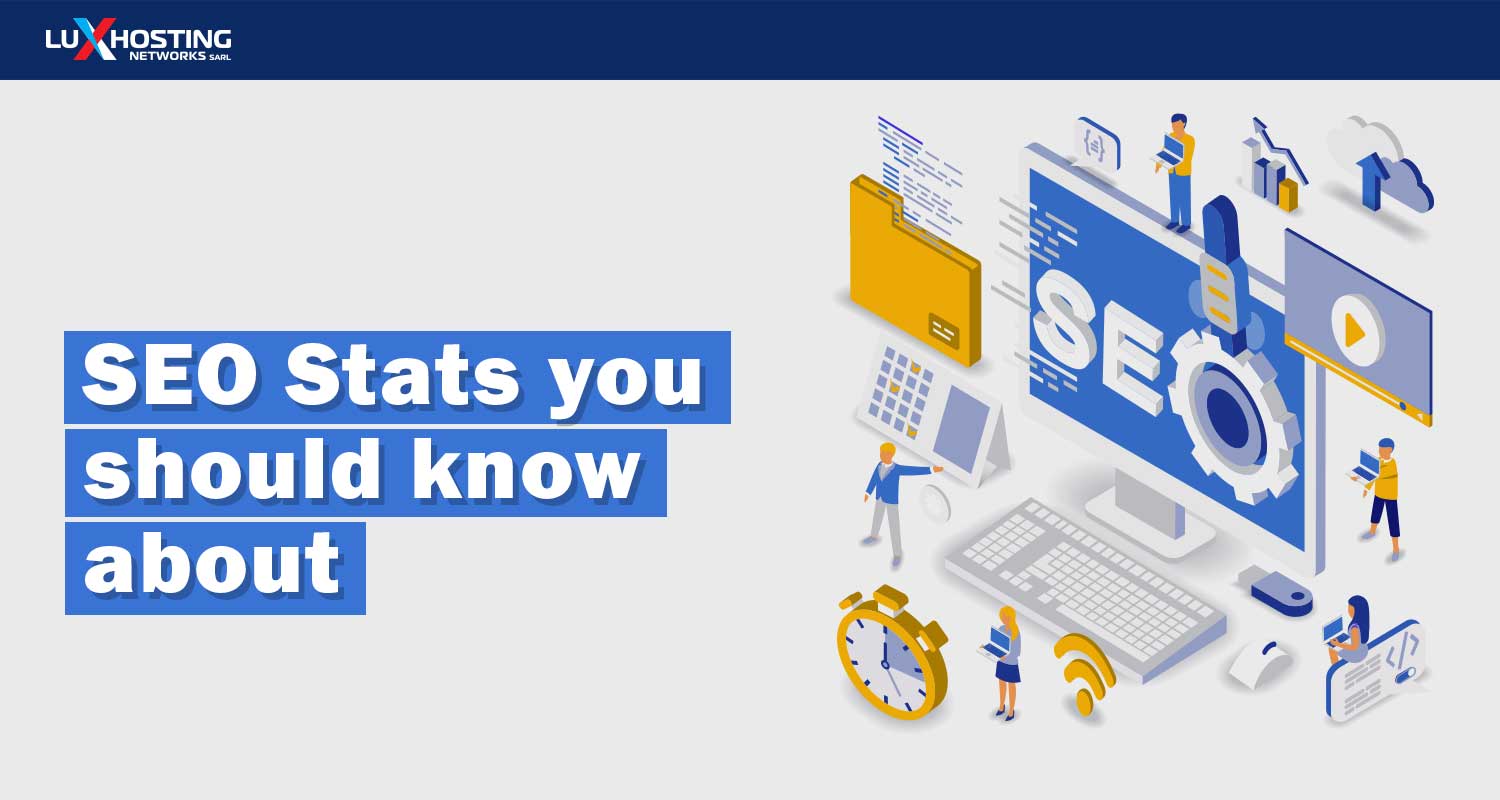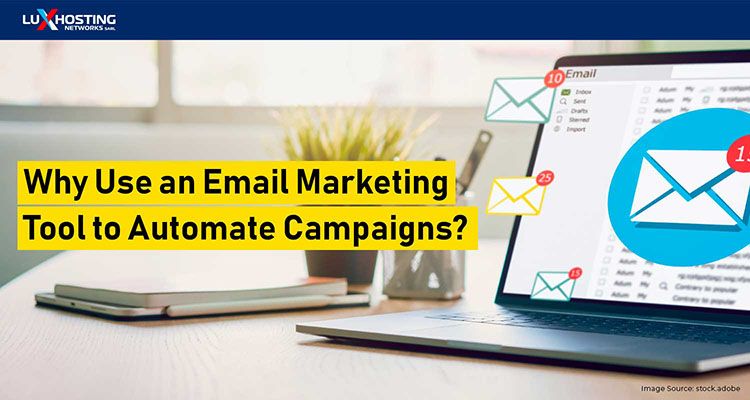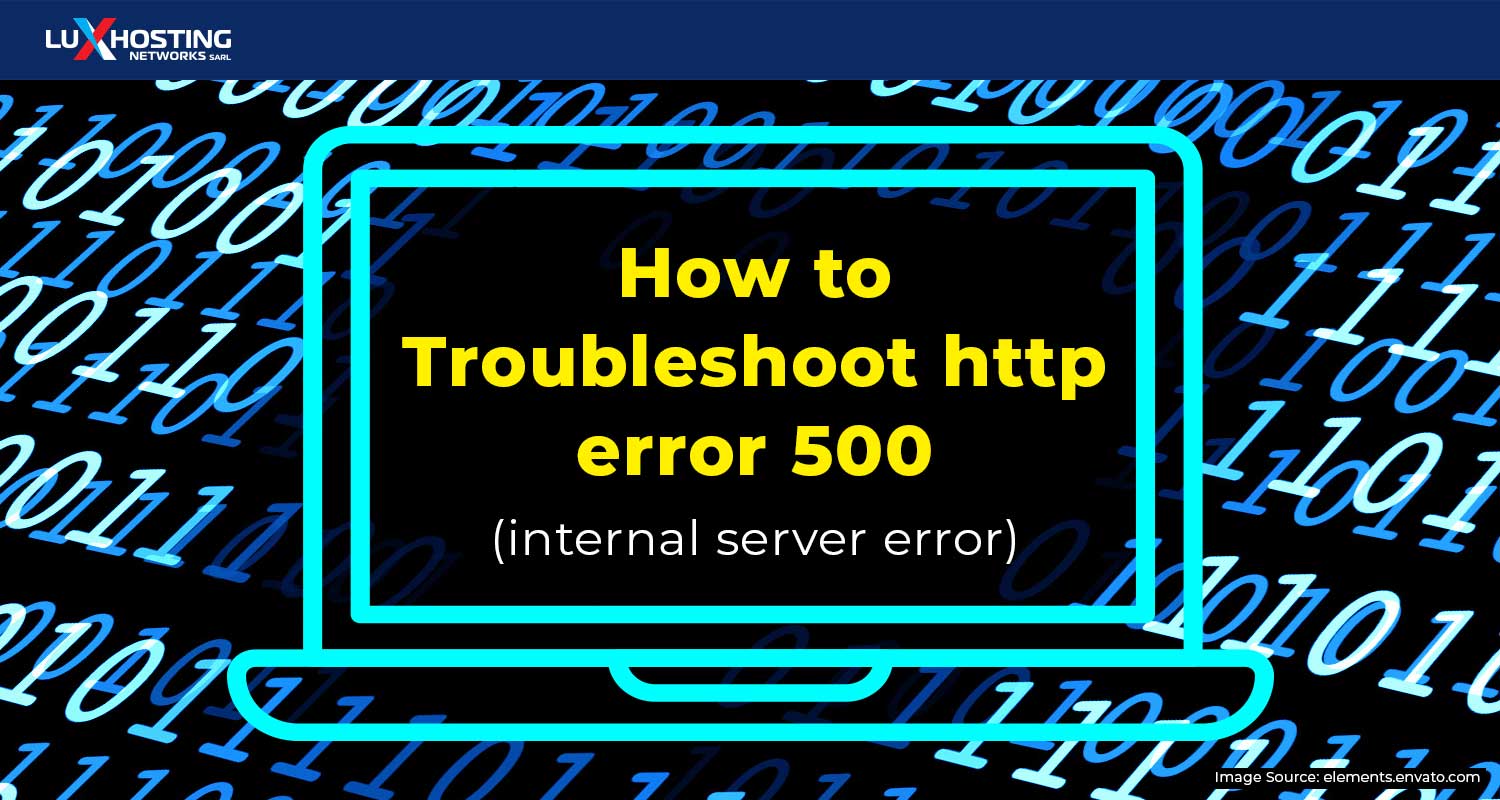If you’ve been churning out blog post after blog post without seeing the slightest increase in your web traffic, it might be time to take a closer look at your SEO strategy. With the help of a good SEO tool, you can create a competitive SEO strategy without having to figure things out on your own or spending wads of cash on the same SEO experts who’ve earnestly designed an SEO tool. The SEO tool scans your website to detect problems with your SEO strategy and gives you a step-by-step guide on how to fix it. SEO is crucial to the success of your website, and these SEO stats will prove it. Before we get into fun stats like what percent of companies use SEO strategies and what percent of consumers who did a local search ended up visiting a store within five miles, let’s make sure we’re on the same page about SEO.
What’s SEO?
SEO stands for Search Engine Optimization, and it’s the strategy that successful website owners use to get more web traffic. If you don’t use SEO, you’ll end up wasting time and energy creating content that nobody will ever see. A good SEO strategy will help you attract visitors who are interested in the kind of content you make on your website.
Why do the SEO stats matter?
SEO stats aren’t just interesting to know. They’re crucial if you want to understand how your competitors are using SEO and exactly how much work you need to put in if you want to measure up. And now, the fun part: Ten SEO stats you need to know about!
10 SEO stats you need to know about:
1. 72% of people Click Organic Results
People say they only click on organic results (not paid results) when they perform a Google search. Source.
What does this mean for your SEO strategy? If you want to attract visitors to your website, you can’t bombard them with content that serves only to promote your website. You need to create content that your visitors care about. A blog is a great way to do this.
2. Consumers read 10 reviews on average
Reports show that people read an average of ten reviews before they feel confident enough to buy from a company. Source.
To convert casual visitors into paying customers, make sure you have a review section where customers can rave about your products. You can even offer incentives to encourage your customers to leave reviews.
3. 50% of small businesses don't have SEO
Research show that 50% of small business website owners don’t have a proper SEO strategy. Source.
Don’t be like half of the small business website owners who shoot themselves in the foot by failing to develop a proper SEO strategy. Beef up your SEO skills to start snatching visitors from your competitors!
4. 80% of small business websites are mobile-friendly
Only 20% of website are mobile friendly. Source.
Back in the day, most web browsing used to happen on desktops and laptops, but nowadays, most web browsing happens on cell phones and tablets. Not everyone takes their laptop everywhere, but most people are pretty much glued to their cell phones, and your competitors understand that. This is why they make sure that their websites are easy to navigate on small devices. If you don’t make your website mobile-friendly, you’re already behind 80% of your competitors.
5. 63% of SME invest in social media marketing
Reports show that 63% small businesses invest in social media marketing. Source.
Social media marketing isn’t just for massive corporations anymore. Even tiny little Mom & Pop stores need to market their business on social media if they want to stay relevant and competitive. If you haven’t started putting your business out there on social media, now’s the time to start!6. Increased SEO rank leads to increased Click-through rates
Moving up in search results by just one spot will increase Click-Through Rate by 30.8%. Source.
Some small business owners don’t invest in SEO, because they think that they won’t immediately get mind-blowing results. But even a tiny improvement in search ranking can lead to a significant increase in web traffic.
7. Paid results lead to conversions 1.5x more than organic results
Organic search results are 8.5x more likely to be clicked on than paid search results, but paid results are 1.5x more likely to lead to conversions. Source.
This means that for a good SEO strategy, you’ll want to focus on organic search results, like the kind that’s generated by blog posts. But incorporating paid results is also a good way to attract new paying customers. The trick is to get new visitors to fall in love with your website and keep finding reasons to come back! (Our SEO tool can help you to do this.)
8. 70% of consumers use articles rather than ads to learn about products
70% of consumers prefer to learn about a product or service through content and articles rather than ads. Source.
Ads are important for raising awareness about your products, but if you really want to connect with your visitors, you’ll need to create more engaging content.
9. 72% of consumers visit a store in a 5-mile radius
72% of consumers who performed a local search ended up visiting a local store within five miles. Source.
This means that a crucial part of your SEO strategy is advertising in a geo-targeted radius on Google.
10. Search results on page get more clicks
The page in the #1 spot in a search result is 10x more likely to be clicked on than the page in the #10 spot. Source.
Search ranking matters. Any improvement in your SEO strategy will lead to more visitors for your website (and more customers for your business). The bigger the improvement, the bigger your results. So, even if you think you already have a good SEO strategy, it couldn’t hurt to supplement it with a good SEO tool.
The takeaway
These SEO stats are more than just fun trivia for your company hangouts. Now that you know how important SEO is for your website, how much more revenue it can bring you, and how many of your competitors are already ahead in the game, you can turn your attention to improving your SEO strategy, so you can outpace the competition.



